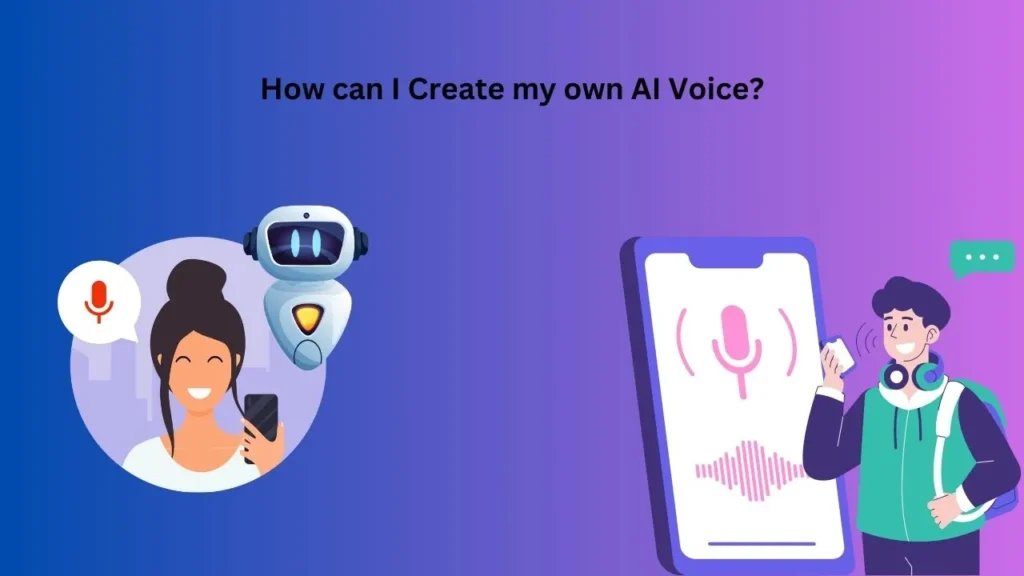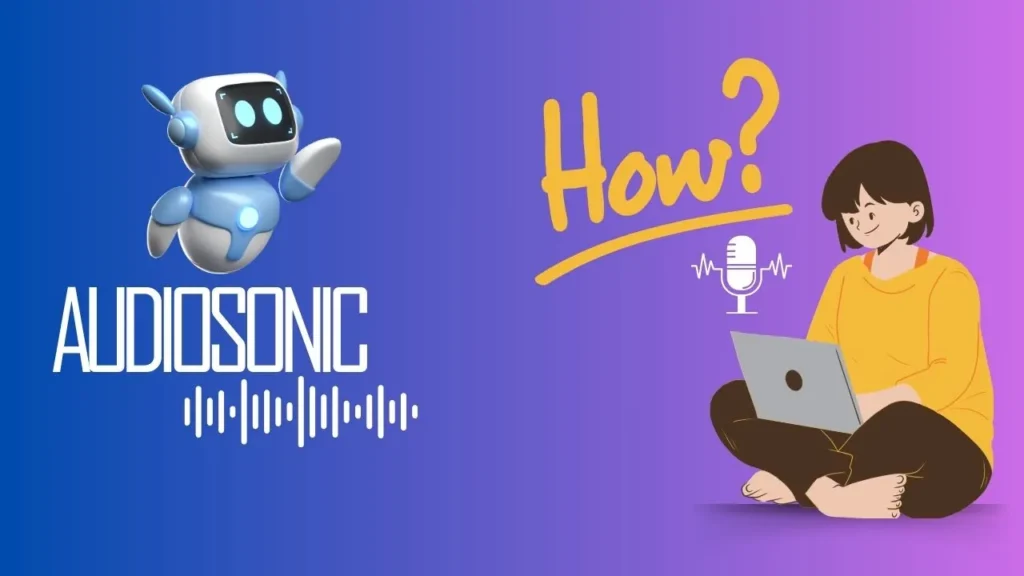Artificial Intelligence (AI) has revolutionized many aspects of our lives, and voice technology is no exception.
AI voice technology allows us to interact with devices and applications using natural language, making our interactions more seamless and intuitive.
From virtual assistants like Siri and Alexa to voice-enabled customer service systems, AI voice technology is transforming the way we communicate with technology.
Understanding the benefits of AI voice technology
Before diving into the step-by-step process of creating your own AI voice, it’s important to understand the benefits that this technology can bring to your business or project. AI voice technology offers a range of advantages, including:
- Enhanced user experience: By enabling users to interact with your application or service using their voice, you can provide a more intuitive and user-friendly experience. This can lead to higher user satisfaction and increased engagement.
- Time and cost savings: AI voice technology can automate repetitive tasks and streamline processes, saving both time and money. For example, a voice-enabled customer service system can handle basic inquiries, freeing up human agents to focus on more complex issues.
- Personalization: AI voice technology can be customized to suit individual preferences, allowing for a more personalized user experience. By analyzing user data and behavior, AI voice systems can tailor responses and recommendations to each user.
- Accessibility: AI voice technology can make your applications and services accessible to a wider audience, including those with disabilities or language barriers. By providing voice-based interactions, you can ensure that everyone can use and benefit from your products.
The step-by-step process of creating your own AI voice
Now that we have a good understanding of the benefits of AI voice technology, let’s dive into the step-by-step process of creating your own AI voice.
Step 1: Defining your AI voice project goals
Before embarking on any AI voice project, it’s crucial to define your goals and objectives. Ask yourself, what do you hope to achieve with your AI voice?
Are you looking to develop a virtual assistant, a voice-enabled customer service system, or something else entirely? Clearly defining your goals will help guide the rest of the process.
Step 2: Collecting and organizing voice data
To create an AI voice, you’ll need a large amount of voice data to train your model. This data can be collected from various sources, such as recordings of human voices or publicly available voice datasets.It’s important to ensure that the voice data is diverse and representative of the target audience for your AI voice.
Once you have collected the voice data, you’ll need to organize it in a structured manner. This involves labeling the data and creating a database or file system to store it. Proper organization of the voice data will make the training process more efficient and effective.
Step 3: Preparing the voice data for training
Before you can start training your AI voice model, you’ll need to preprocess and clean the voice data. This involves removing any background noise, normalizing audio levels, and converting the audio files into a suitable format for training. There are various tools and libraries available that can help with this preprocessing step.
Additionally, it’s important to split your voice data into training, validation, and testing sets. The training set is used to train the model, the validation set is used to fine-tune the model and optimize its parameters, and the testing set is used to evaluate the performance of the trained model.
Step 4: Choosing the right AI voice platform
Choosing the right AI voice platform is crucial for the success of your project. There are several platforms available, each with its own strengths and limitations.
Some popular AI voice platforms include Google Cloud Text-to-Speech, Microsoft Azure Speech Services, and Amazon Polly. Consider factors such as cost, ease of use, available features, and integration options when selecting a platform.
Read also: How to Find the best AI Text to Speech Generator
Step 5: Training your AI voice model
Now comes the exciting part – training your AI voice model. This involves using machine learning algorithms to analyze the voice data and create a model that can generate realistic and natural-sounding voices. The training process can be computationally intensive and may require specialized hardware or cloud computing resources.
During the training process, it’s important to monitor the performance of your model and make adjustments as needed. This may involve fine-tuning the model’s parameters, increasing the amount of training data, or adjusting the training algorithms.
Step 6: Testing and refining your AI voice
Once you have trained your AI voice model, it’s time to test it and refine it. This involves evaluating the quality and accuracy of the generated voices and making any necessary improvements. You can use a variety of metrics to assess the performance of your AI voice, such as naturalness, intelligibility, and speaker similarity.
Gather feedback from users and iterate on your model to continuously improve its performance. This may involve collecting more voice data, adjusting the training process, or fine-tuning the model’s parameters.
Step 7: Implementing your AI voice
After testing and refining your AI voice, it’s time to implement it into your application or service. This step will vary depending on the platform and technology stack you are using. Consult the documentation and resources provided by your chosen AI voice platform for guidance on integrating your AI voice into your project.
Additional tips and best practices for creating your AI voice
Creating your own AI voice is a complex process, but with the right approach and tools, you can achieve great results. Here are some additional tips and best practices to keep in mind:
- Start small: If you’re new to AI voice technology, it’s best to start with a small and manageable project. This will allow you to learn the ropes and gain valuable experience before tackling larger and more complex projects.
- Continuously evaluate and improve: Creating an AI voice is an iterative process. Continuously evaluate the performance of your model, gather feedback, and make improvements based on user input and data analysis.
- Consider ethical implications: AI voice technology raises important ethical considerations, such as privacy, bias, and consent. Ensure that you are aware of and address these issues in your AI voice project.
- Stay up-to-date: AI voice technology is evolving rapidly, so it’s important to stay up-to-date with the latest advancements and research. Follow industry blogs, attend conferences, and participate in online communities to stay informed.
Resources and tools for creating your AI voice
Creating your own AI voice requires a combination of knowledge, skills, and tools. Here are some resources and tools that can help you get started:
- OpenAI’s Tacotron: An open-source deep learning model for generating human-like speech.
- Mozilla’s Common Voice: A publicly available dataset of voice recordings for training AI voice models.
- Google Cloud Text-to-Speech: A cloud-based AI voice platform that provides high-quality and customizable voices.
- Microsoft Azure Speech Services: A suite of AI-powered speech recognition and synthesis tools.
- Amazon Polly: A cloud-based text-to-speech service that offers a wide range of voices and languages.
Conclusion
Creating your own AI voice can be a challenging but rewarding endeavor. By following the step-by-step process outlined in this guide, you can develop a customized AI voice that enhances user experience, saves time and costs, and opens up new possibilities for your project or business. Remember to continuously evaluate and improve your AI voice, and stay up-to-date with the latest advancements in AI voice technology.
Recommended Reading: Discover the Best Text to Speech Extension for Chrome




Nice this is very useful info for me thanks for sharing valuable content.